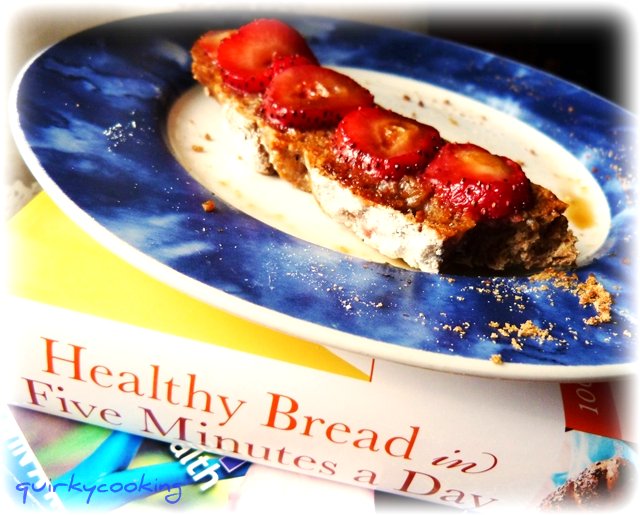Homemade butter tastes so much better than bought butter! Most bought butters have additives and preservatives in them, some have colours, and non-organic butters also contain residues from the drugs fed to cows, and the pesticides in their feed. By using organic cream to make your own, you can have a delicious butter that's free from all the 'nasties' at a fraction of the cost. You'll get the best savings by buying your cream in bulk. We can buy cream in 2 litre bottles from our local organic dairy, and it works out much cheaper than bought butter. Some shops will also sell cream in 2 litre bottles, so ask around. Once you've made the butter, it can be frozen in smaller batches and thawed as needed.
With the Thermomix, making butter is a cinch. It usually takes about a minute, maybe two, to change from pure cream into butter and buttermilk. It costs less than buying pre-made butter, and if you make it into a butter spread (adding oil and water and whipping it up), it costs even less! I think most people know how bad for you margerine is, and since it's best to keep dairy to a minimum, (using it as a condiment, not a main part of your diet) this seems to me to be a good alternative to both margerine and pure butter. I can't handle too much butter, but I find if I mix my butter with olive oil and water (equal amounts of each), my body doesn't mind it so much.
This spread works well in all recipes that call for butter - cakes, biscuits, scones, even lemon butter. My mum uses extra virgin, cold-pressed olive oil in hers, but some people find the taste too strong. I usually use macadamia oil. If you're nut free, you can use your preferred oil.
Here's how I make my butter spread in the Thermomix:
1. Insert the butterfly and measure in the cream:
- 600g pure cream (make sure it's pure cream - thickened cream may not work)2. Whip on speed 4 until it separates into butter and buttermilk. It will start to bump around, so stay near your machine and turn it off after a couple of seconds of 'bumping'. It usually takes only a minute or two, but I have had older cream take up to 5 minutes.
3. Strain the buttermilk by pouring it through the strainer/rice basket into a bowl. Squeeze the butter well with the spatula (against the side of the bowl) to get out as much of the buttermilk as you can. The buttermilk is lovely to bake with in scones, breads, cakes and pancakes (if you can have dairy), so don't throw it out!
4. Remove the butterfly from the bowl and pour about
500g icy cold water over the butter. Mix it on speed 4 for a few seconds to rinse it. Strain the water off into the sink, pressing the butter against the side of the bowl with the spatula and pouring through the strainer/rice basket again. The butter needs to be rinsed twice, or until the water is clear
(see below). If you leave any buttermilk in the butter, it will turn sour more quickly.
5. Give the butter a good squeeze to get rid of any remaining water. This can be done with the spatula, squeezing the butter against the side of the bowl; or you can wrap a piece of muslin around the butter and squeeze it; or you can just use your hands, like I do. :)
6. Now make sure the bowl is empty, and weigh the butter back in so you know how much you have. Then add in that much oil and water.
Eg: If you end up with 300g of butter, add 300g of oil and 300g of water. Also add a little salt if you like. I add a bit less than a teaspoon of salt to this amount of butter, oil and water.
- macadamia oil (or olive oil if you like the taste)- filtered water- sea salt/himalayan salt (opt.)7. Insert the butterfly, and whip the butter, oil, water and salt on speed 4 for about 20 seconds, or until well combined. Pour into a container (preferably glass) and keep in the fridge.
(Notice I said 'pour' it into a container! It will be very sloppy at first, but don't worry - as it chills it will set to a spreadable consistency.)This butter spread will last a few weeks if kept refrigerated, and is easy to spread straight from the fridge.









